Last Chance to Catch NYC's Holiday Notalgia Train
We met the voices of the NYC subway on our nostalgia ride this weekend!

On the Eastern side of the Bois de Vincennes, a ceremonial torii gate marks the beginning of a quiet path, frequented by the occasional jogger or seeker of solitude. In the summer of 1907, though, this small park hosted the Paris Colonial Exposition, and was one of the busiest places in the region.
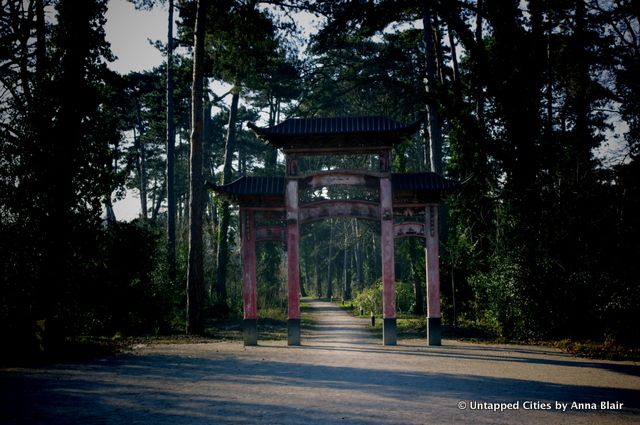
These days, the Jardin d’Agronomie Tropicale (Garden of Tropical Agriculture) is eerily quiet, as if forgotten entirely. Most of the structures are in ruin, with plants growing through broken windows. In truth, the park isn’t without caretakers, but rather represents a part of French history that can be neither restored nor demolished. The 1907 Exposition was a celebration of empire, and France’s past still troubles this garden.
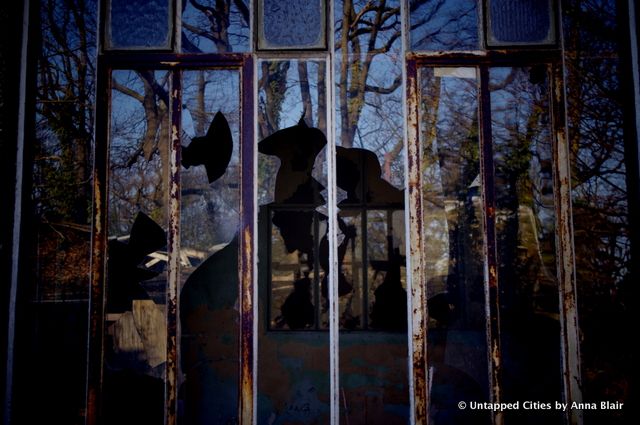
The Jardin d’Agronomie Tropicale was created in 1899 as a place for experiments with plants that France grew abroad; banana trees and coffee plants filled hot houses. It’s still one of few places in Paris offering palm trees and bamboo.
The garden’s most striking features, though, are the ruined buildings and monuments that remain from the 1907 Colonial Exposition. This was a small event compared to the earlier Universal Expositions held in central Paris, but nonetheless attracted almost two million visitors over a six month period. The villages built here represented Madagascar, the Congo, Indochina, Sudan, Tunisia and Morocco.
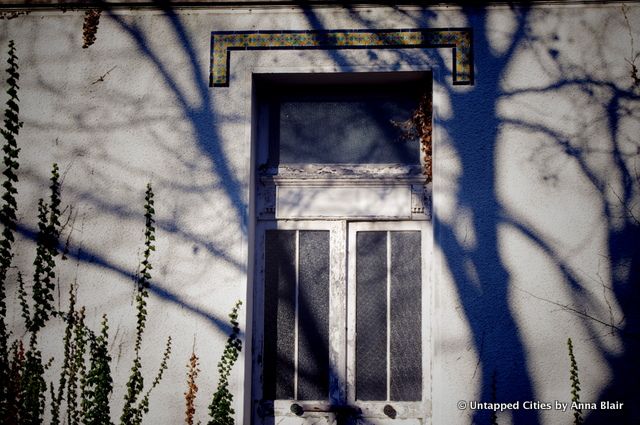
Near the entrance, a few metres from the fading red torii gate, are a number of sculptures made mysterious by time. There are no signs explaining the large group of figures piled with stone necklaces, plants, animals, though visitors may interpret the imagery as an ode to France’s colonial riches. One statue has lost her head, adding to the strange sense that witnesses have vanished from this place. Nearby, winged gods and suited colonisers stand out of context among the trees.
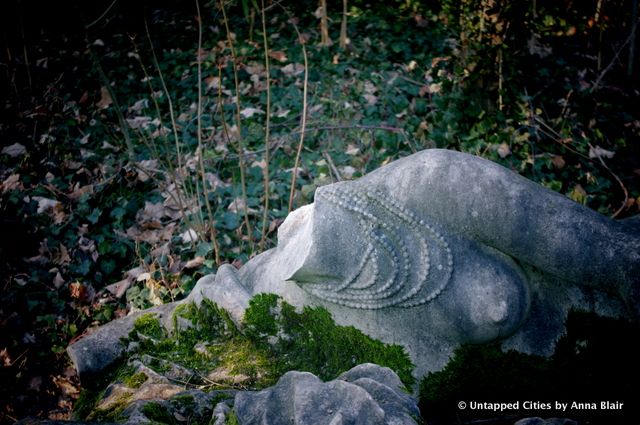
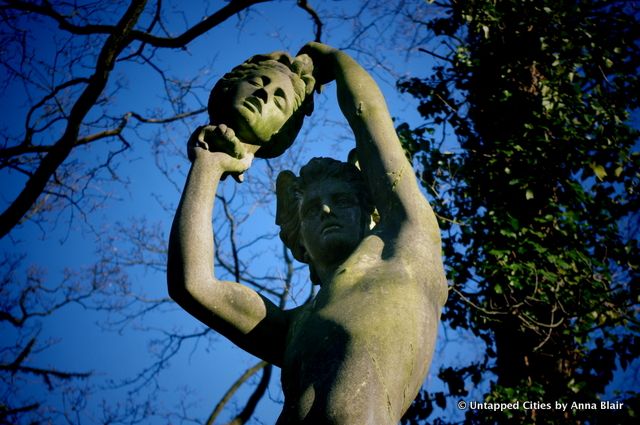
It was a much darker element of the exposition that drew crowds to the Bois de Vincennes in 1907. This was the human zoos, areas in which people from the colonies worked as imitations of themselves for the public’s amusement. The faux-Indochinese bridges that remain acted as sets for these tableau, where participants were expected to live constantly under the eyes of others. At night, those working at the Congolese pavilion slept crowded into the second floor of the structure, since destroyed by a storm.
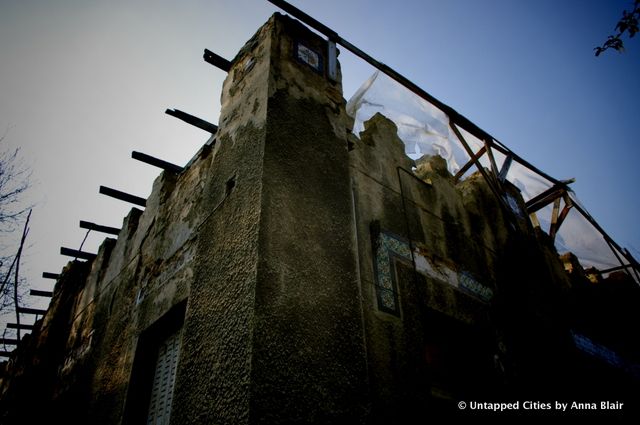
While these villages drew audiences, the Colonial Exposition was intended to showcase products from France’s colonies. A small kiosk, now encircled by net, housed a popular exhibit of wood samples from around the world.
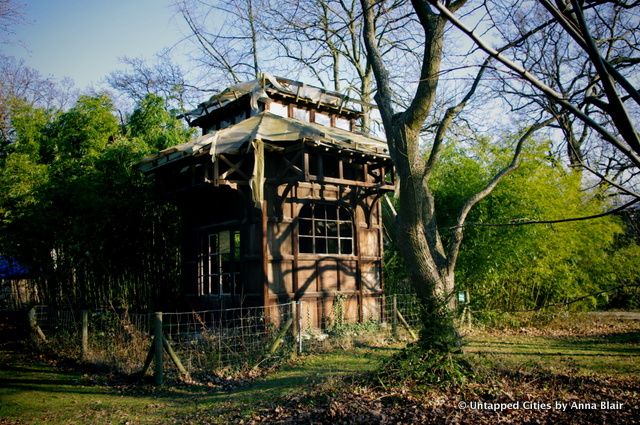
The biggest pavilion represents Indochina, and now feels strikingly out of place as the only building to have been restored. The bricks, painted white only recently, gleam freshly, and foliage has been cleared away. In 1907, this space displayed rice, corn and spices alongside jewelry and musical instruments made from colonial materials. It’s likely to soon become a visitor centre for the Jardin d’Agronomie Tropicale.
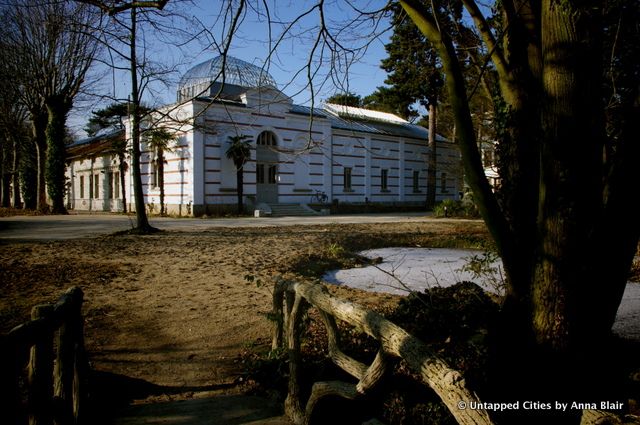
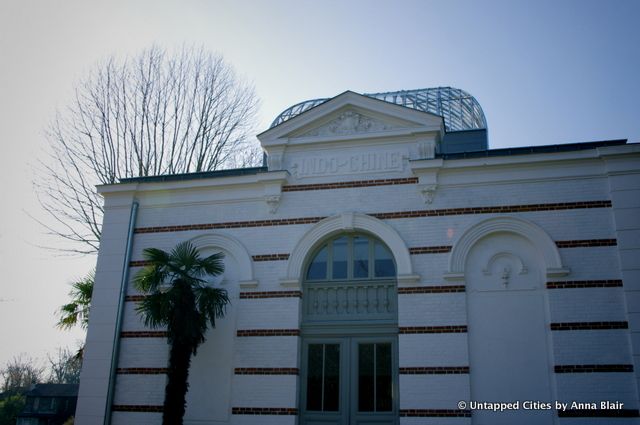
After 1907’s Colonial Exposition, this park disappeared from the public eye. It continued to be a site marked by politics, used as a military hospital during World War I. Subsequently, a number of memorials to those from the colonies who died fighting for France were erected alongside the remains of the Colonial Exposition, heightening the park’s guilty emotion.
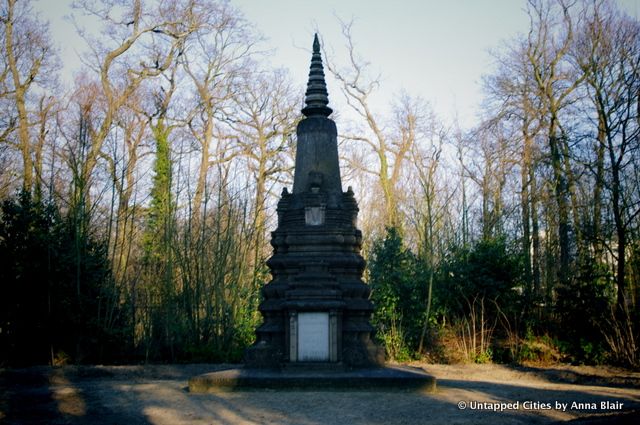
It’s surprising so many structures, often constructed quickly and at a low cost, weathered such time without intervention. While storms in 1999 and a fire in 2004 did damage, it’s shocking to think this period of history was so recent as to still be standing.
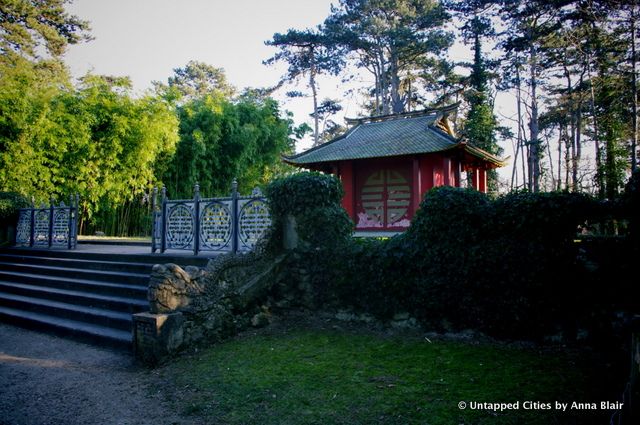
In 2007, the Jardin d’Agronomie Tropical was once again opened to the public. The restoration of the Indochinese pavilion hints that the city might now be ready to deal with its history, but it looks as if the garden will remain primarily ruins consumed by nature. This seems appropriate, creating a meditative environment that encourages visitors to contemplate France’s recent past and the passage of empire.
Subscribe to our newsletter